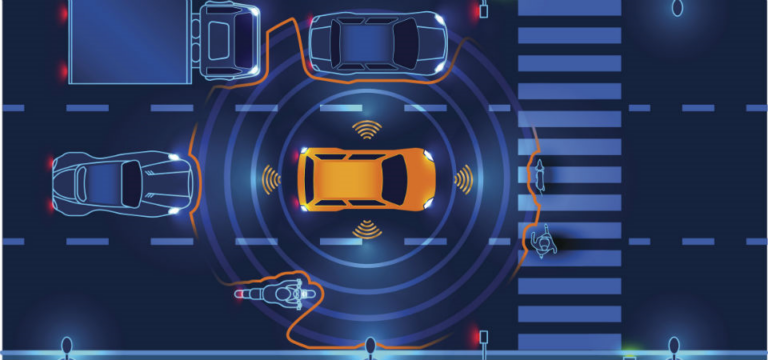A new £1.5m (US$1.8m) international research center will investigate the safety issues faced by pedestrians, cyclists, motorcyclists, children and other vulnerable road users (VRUs) as the growing number of driverless cars bring fresh challenges to the world’s roads.
Part-funded by Research England as part of a project to boost international collaborations, the international initiative is being led by the UK’s Loughborough University, in partnership with Queensland University of Technology in Australia, and Tongji University in China. The new center aims to save lives and prevent injuries to young and elderly pedestrians, cyclists, motorcyclists and sensory-impaired road users by providing the motor industry with new research about how connected and autonomous vehicles (CAVs) and VRUs interact. Statistics show that VRUs currently account for 59% of those either killed or seriously injured in collisions involving cars and other vehicles, with data published in 2018 suggesting that VRUs are now much more likely to be killed in urban traffic accidents compared to car occupants.
 The new center will gather accident data from around the world and will seek data from experimental trials as well as through questionnaires and focus groups. All of the data gathered will be made available to the lobal motor industry and will be presented at a series of seminars and an international conference scheduled for 2023. Some of the key research questions posed by the center include:
The new center will gather accident data from around the world and will seek data from experimental trials as well as through questionnaires and focus groups. All of the data gathered will be made available to the lobal motor industry and will be presented at a series of seminars and an international conference scheduled for 2023. Some of the key research questions posed by the center include:
- How can CAVs be fully integrated into future mobility systems to ensure that their benefits are experienced by all members of society especially VRUs?
- Internal VRUs (CAV passengers) – should crashes occur, how can children, elderly, impaired and other vulnerable groups be protected when they may be seated in non-standard positions and may be unrestrained?
- External VRUs – how can CAVs successfully detect pedestrians, cyclists and other VRUs and predict their behaviors in order to identify and avoid collision risks?
- What are the specific requirements for CAVs to interact appropriately with VRUs and how can automakers develop transparent two-way communication between the vehicle and human?

“The rapid introduction of driverless cars within the transport system raises new technical and ethical challenges for manufacturers and regulators,” said Professor Andrew Morris, director of the Transport Safety Research Center at Loughborough University. “We are honored to be working with such prestigious research institutions as CARRS-Q, at the Queensland University of Technology, and the International Research Laboratory of Transportation Safety, at Tongji University. I think this collaboration will make us a very powerful force with respect to ensuring that the introduction of CAVs is not detrimental to safety.”
Morris added, “To be successful, future CAVs must be fully and safely integrated into the future mobility environment. There are concerns about how a vehicle with a driver inside, who is only partially engaged with the driving task, will be able to respond to traffic situations where more vulnerable road-users are present. At the moment, in many situations there is an implicit communication code between driver and pedestrian, for example, crossing the road. This will disappear with vehicle autonomy. It’s important to ensure that these safety implications do not go unrecognized.”






